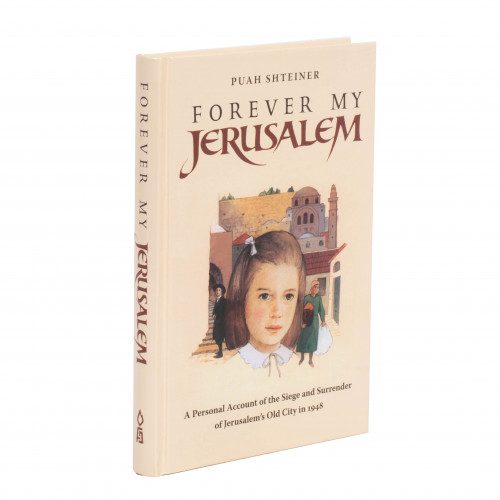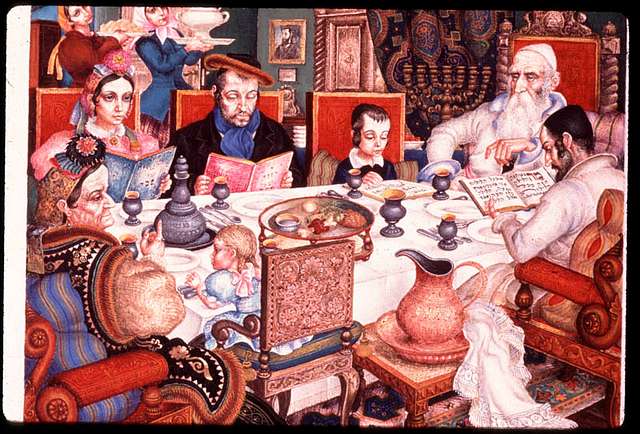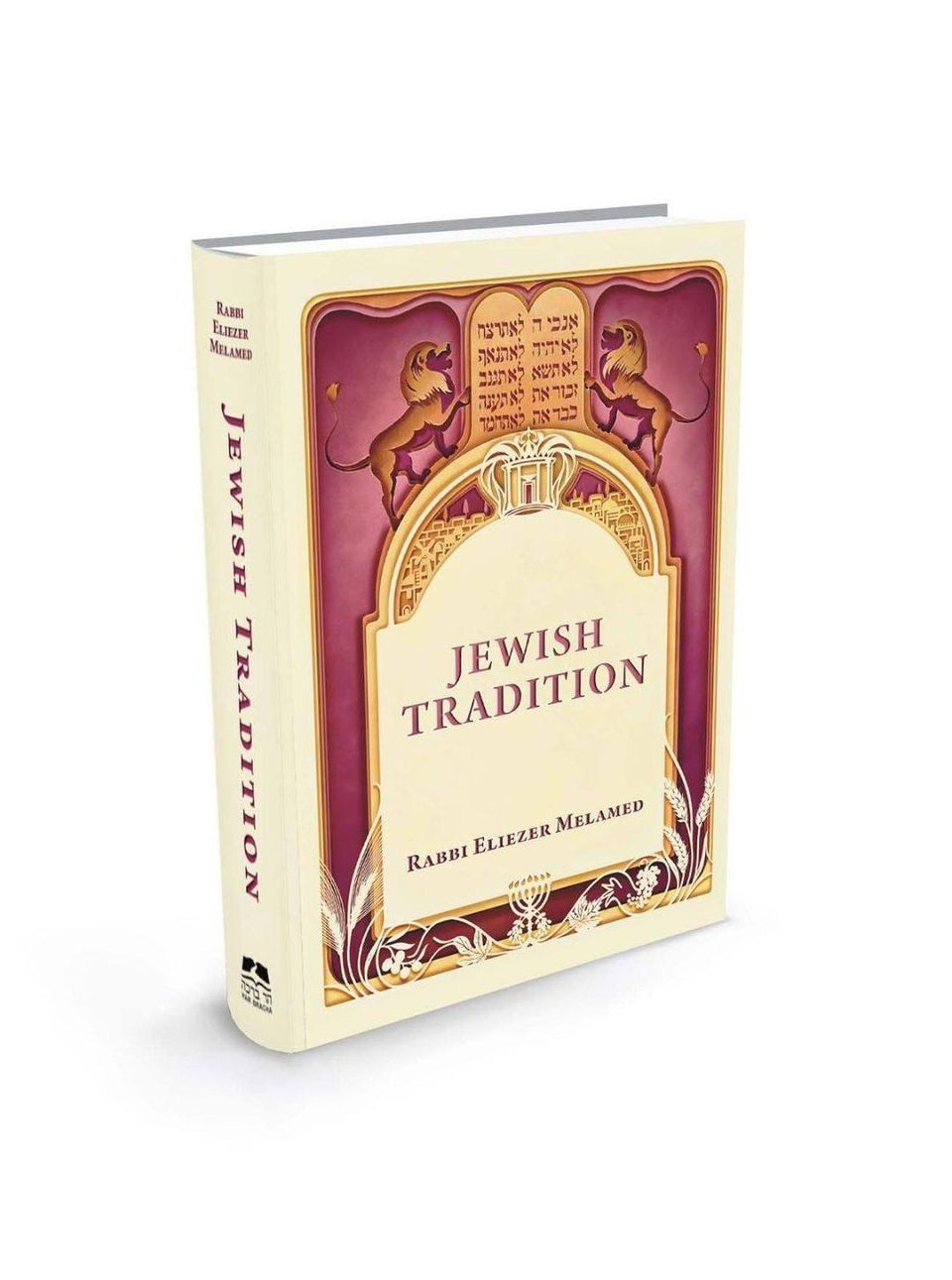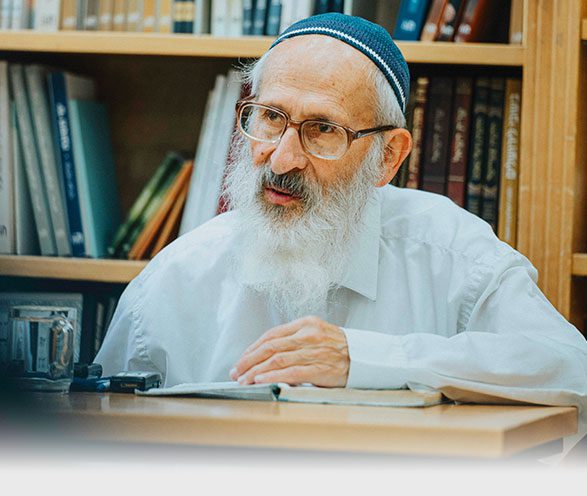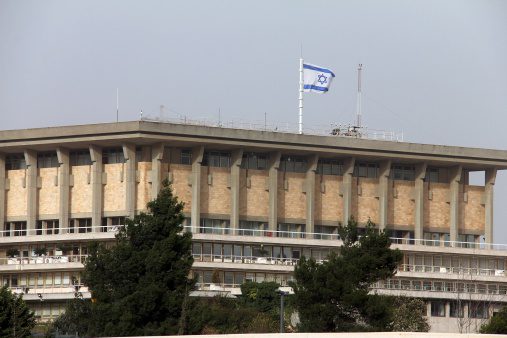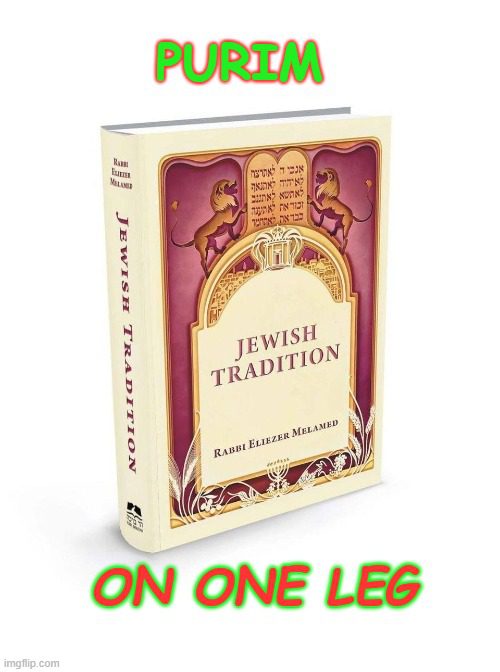“Forever My Jerusalem”
Rabbanit Puah Shteiner, author of the memoir, “Forever My Jerusalem,” recollects the siege on the Holy City.
Interview by Tzvi Fishman
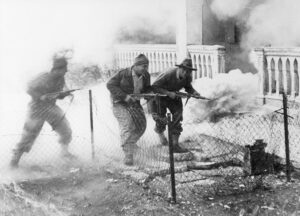
On November 29, 1947, the United Nations General Assembly approved a partition plan to separate Palestine into a Jewish State and an Arab State, with Jerusalem to be under international control. While most of the Jews in the Land of Israel, and in the Diaspora, greeted the decision as a welcomed step forward toward the goal of Jewish independence in the Promised Land, the Arabs in Palestine and in the surrounding Arab states rejected the plan outright, launching a countrywide uprising against the Jewish population. The road to Jerusalem came under attack, and the Jewish neighborhoods of the Holy City came under siege, without ready access to food and basic supplies. In the afternoon of May 14, the Fifth Day of Iyar, in 1948, the day before British Mandate rule over Palestine was scheduled to end, the establishment of Medinat Yisrael was officially declared in Tel Aviv, prompting a military coalition of seven Arab nations to declare a war of annihilation against the newborn Jewish State.
At the time, Rabbanit Puah Shteiner was a seven-year-old girl, daughter of Rabbi Shlomo Min-HaHar, who later became the Rabbi of Bayit Vegan for forty years. Forced to evacuate the Old City upon the outbreak of the war, she once again lives there today with her husband, Rabbi Haim Shteiner, a longtime teacher at the Mercaz HaRav Kook Yeshiva. Her memoirs, “Forever My Jerusalem,” available in English, is a gripping chronicle of fall and rebirth of today’s Jewish Quarter.
“My family roots in Jerusalem go back six generations,” she explains. “I grew up in the Old City, in Batei Machse Square, near the Hurva Synagogue, in a one room flat. For months in the winter and spring of 1948, all the Jewish neighborhoods of Jerusalem, including the Jewish Quarter, had been under fire. The main road to Jerusalem was severely attacked by Arab gangs, and the Jewish population of the city could hardly get supplies by convoys. Scant amounts made it all the way to besieged Rova. Directly following Independence Day, as soon as the British Mandatory Authorities relinquished their occupation over the country, the Arabs imposed a total siege on the 1700 Jews living in the Rova. A mere 150 Hagana soldiers, and teenage boys and girl trained in the Gadna youth corps, were assigned the defense of the Quarter. They had exactly 113 weapons. They fought so heroically, with the help of Hashem, we miraculously held out for 14 days. The only connection to the outside world was via the walkie-talkies of our defenders. There were no telephones. Rations were sparse. Many people were literally starving. We kept sheltered in a storeroom to protect ourselves from the constant bombardment by the Jordanian army. It was very dangerous to venture outside to fetch water from the communal cistern. Taking the time to heat it in laundry tubs in our courtyard kitchen so that we could take makeshift showers, as was our custom before the war, was out of the question.”
You were a very young girl at the time. Did you understand what was happening?
“Absolutely. People hardly spoke of other matters. The father of one of my friends volunteered to participate in the fighting. He went to the nearest post, insisting to have a gun, but a few hours later he was killed by enemy fire. Another friend of mine lost her father by a shell which flew into their flat. My father, who had been appointed to the Old City Citizens’ Committee, together with his cousin, made a run to the bakery to get bread for the neighborhood. My nine-year-old sister, Naomi, screamed for him not to go. Her crying almost drowned out the noise of the bombing. We didn’t know whether the Arabs had captured the bakery yet or not. My heart felt like a shell about to explode in apprehension. Each moment that Abba was gone seemed like forever. When they returned to our great joy and relief, all of the children received a piece of pita bread, but I was unable to eat my share of the bread for which my father had risked his life. Finally, when our ammunition ran out, and many of our fighters had been killed, and it became clear that Hagana and Etzel forces couldn’t reach us, the Jewish Quarter surrendered.”
“Before the siege of the Old City began, do you remember hearing the famous radio broadcast announcing the partition vote at the United Nations?”
“No. We had no electricity and relied on kerosene lanterns. We went to bed early and rose early. We didn’t have round-the-clock radio broadcasts like today. The ‘Kol Yerushalayim’ underground radio station broadcasted news two or three times a day, nothing more extensive than that. We found out what was going on when my sister and I went off to our school outside the Old City. On the day of the Partition, on the way home from school, we encountered Jews dancing and celebrating in the streets of the city. When the Arabs began to riot in protest, looting the stores, attacking Jews, and burning down the market of Mamilla, I went with my siblings to our grandparents who lived in the Beit Yisrael neighborhood, outside the Old City. We remained there for four months without any contact from our parents who were under siege in the Rova. Food was brought to the Jews who lived in the Rova via convoys guarded by British troops. That’s how we were finally able to reunite with our parents, hidden in one of those emergency supply trucks. You could say that the British helped the trapped Jews of the Old City, but, on the other hand, they did everything they could to halt Jewish immigration form Europe, even preventing ships filled with Jewish refugees from disembarking when they reached Haifa and Tel Aviv. Though we feared that their departure would trigger an all-out Arab offensive against us, we were very happy to be rid of the British soldiers and police when the Mandate ended – we wished with all our hearts that the gates of Eretz Yisrael would open for every Jew, especially for Holocaust survivors. Word had reached us about gas chambers, and we felt the British shared the blame for the slaughter.
What do you remember about the day of the evacuation?
“On the 8th of Iyar, we suddenly heard shouting outside of our home. We were afraid to go outside to see what was happening. The door burst open and young women, babies in their arms, who lived near the Arab market yelled, “Arabs with knives! Run for your lives!” Mobs of Arabs had broken through the barricades the British had erected to separate the Jewish Quarter from the Arab shuk. The Jews in the Rova lived with the memory of past Arab pogroms, so we immediately knew that our lives were in danger. Outside, panic-stricken men, women, and children were running into our neighborhood, screaming and yelling. Without any hope of escaping the surrounding enemy forces, hysteria spread through the crowd. In the courtyard, I and my four young siblings were swept up in the mass flight to flee, but no one knew to where. My grandmother carried my baby brother. Everyone ran in panic toward the Porat Yosef Yeshiva. I was pushed into a crowded room where everyone was either crying or praying. It was obvious to everyone that our tiny force of meagerly-armed defenders had been overrun. I asked the woman beside me what I should pray, and she gave me a siddur and opened it to the supplications of ‘Tachanun.’ Everyone was wailing out the viduey confessional prayers, believing that our final moments were near. My father suddenly appeared and dragged me and my sister outside. He said that he didn’t know what would happen, but that he wanted us to be prepared. He said he wanted us to always remember what he was going to tell us. ‘In this world, the most important thing is the Torah,’ he said with great urgency. ‘When you get older, remember that I want you to marry Torah scholars.’ Though I was only seven years old, I understood that our father was communicating his final will to us. I broke out in sobs. After a few hours of fervent prayer and tears, a Hagana fighter appeared and informed the crowd that a Jewish unit had forced the rioting Arabs to retreat. Trembling and filled with thankful relief, we returned to our homes. The Jews who lived near the Arab market found shelter in our neighborhood, afraid to return to their homes. Most of the Sephardi community crowded in the Sephardi synagogues. They remained there till the very last day. Two days later, the well-equipped divisions of the Arab Legion gained positions on the Mount of Olives and around the Old City. We were bombarded day and night. Our fighters held out for ten days, until Friday, the 19th of Iyar, when the Jordanian troops overcame the Jewish resistance and took control of the Old City. A document of surrender was signed at 4PM. Jewish residents were allowed to abandon the Rova, but our fighters had to give themselves up as prisoners of war. They threw their weapons down the cisterns near our home so that the Arabs couldn’t confiscate them. In actuality, all the men, including my father, were rounded up and taken away to a prison camp in Trans-Jordan. Elderly men who had never been out of the Old City in their lives, not wanting to venture beyond its special holiness, were marched with the women and children to the Zion Gate, where volunteers were waiting to lead us to the new Jewish neighborhoods of Jerusalem. Abba and Emma had packed some of our clothes in thin blankets. But as Abba was taken away, we could not manage to carry such big bundles by ourselves, and we left one after another behind on the way to Zion gate. In her small bag, my mother packed her silver candlesticks – she hoped to light Shabbat candles when we would arrive to wherever we were going. To assist her, I slung her bag over my shoulder. Suddenly I was shocked – a Arab legionnaire snatched Emma’s bag from my hand and ran away with it.”
Where were you taken?
“We were taken to the neighborhood of Katamon, from which Arabs had fled during the fighting. We slept for several nights in a public auditorium, until apartments were prepared for us in the deserted neighborhood. Since we left the Old City with practically no belongings, we had to begin life anew. Plus the Arabs continued shelling the city, including the Katamon neighborhood. Only after nine months, when the War of Independence ceased, did the bombing stop. Then, Baruch Hashem, our father returned in the gradual release of war prisoners.”
When was the next time you returned to the Old City?
“Jordanian soldiers were stationed on top of the Old City walls. Occasionally, their sharpshooters would fire on Jews who approached. Every Shabbat we were used to climb up mount Zion and gaze at the home we had lost and pray that the Almighty will bring us back to the Old City, to our beautiful synagogues and to the Western Wall. When the Six-Day War broke out, from my parents’ home in Bayit Vegan, we watched as our fighter planes streaked across the sky and bombed Jordanian positions around the Old City. Inside the house, my father was reciting Hallel with great joy. Even though the war hadn’t finished, he had heard on the radio that the Temple Mount was in our hands, and he burst into spontaneously thanks to Hashem over the miracle.”
When did you move back to the Jewish Quarter?
“It wasn’t for another ten years, after I was married with several children. My parents lived in Bayit Vegan where my father was the Chief Rabbi of the neighborhood. I had become accustomed to our life there. For many people who had lived in the Rova, a lingering trauma prevented them from returning to live next to the Arabs who still harbored feelings of hostility toward the Jews – as they still do today. My husband was very eager to move to the Jewish Quarter. He yearned to live near the Kotel so he could pray there each day for Am Yisrael and for our family.”
What memory sticks out in your mind?
“During the High Holy Days, I prayed in the Yeshivat HaKotel which was built in the Batei Machse Square where we had previously lived. At the conclusion of the Rosh HaShanah prayers, the first after we moved to the renovated Rova, I walked outside and discovered our old water cistern covered by an iron grating, the same cistern where our soldiers had thrown their guns so the Jordanians wouldn’t commandeer them. In the same spot where we had gathered before fleeing the Rova during the siege, the Rosh Yeshiva, Rabbi Yeshayahu Hadari, z’tzal, was dancing happily with his students. My heart filled with thanks to Heaven that I was a part of the Redemption of Israel. A few years later, the yeshiva built a large, new beit midrash. From the woman’s balcony you could see into the courtyard of the Temple Mount. On Yom Kippur, I had a seat by the window. While I was reciting the Service of the Kohanim, intending to add personal prayers for my sick mother and daughter who was yearning to have a child, I noticed that young Arabs were playing soccer on Har HaBayit, on Judaism’s most holy place. I forgot about the personal prayers I wanted to say, and I wept over the ruined and desecrated state of the Beit HaMikdash where ‘foxes roamed.’ A prayer filled my heart that just as I had been blessed to return to live in the Old City and witness the rebuilding of Jerusalem, the Almighty would allow all of His children to witness the rebuilding of the Temple, and Israel’s complete Redemption, speedily in our time, Amen.”

